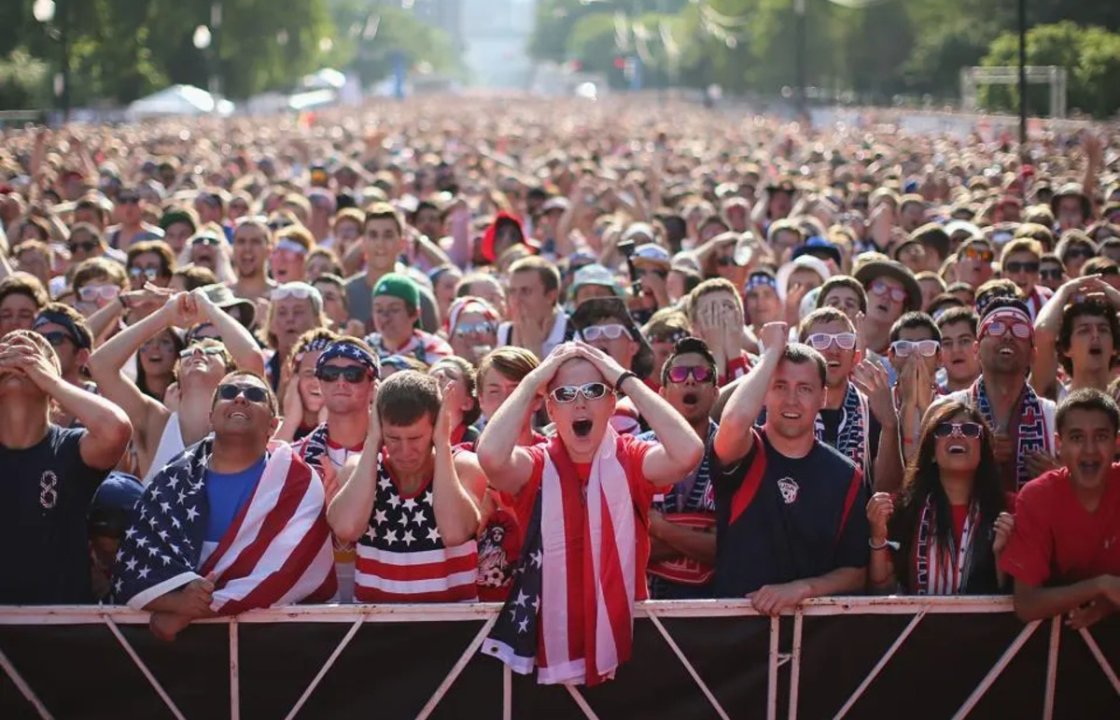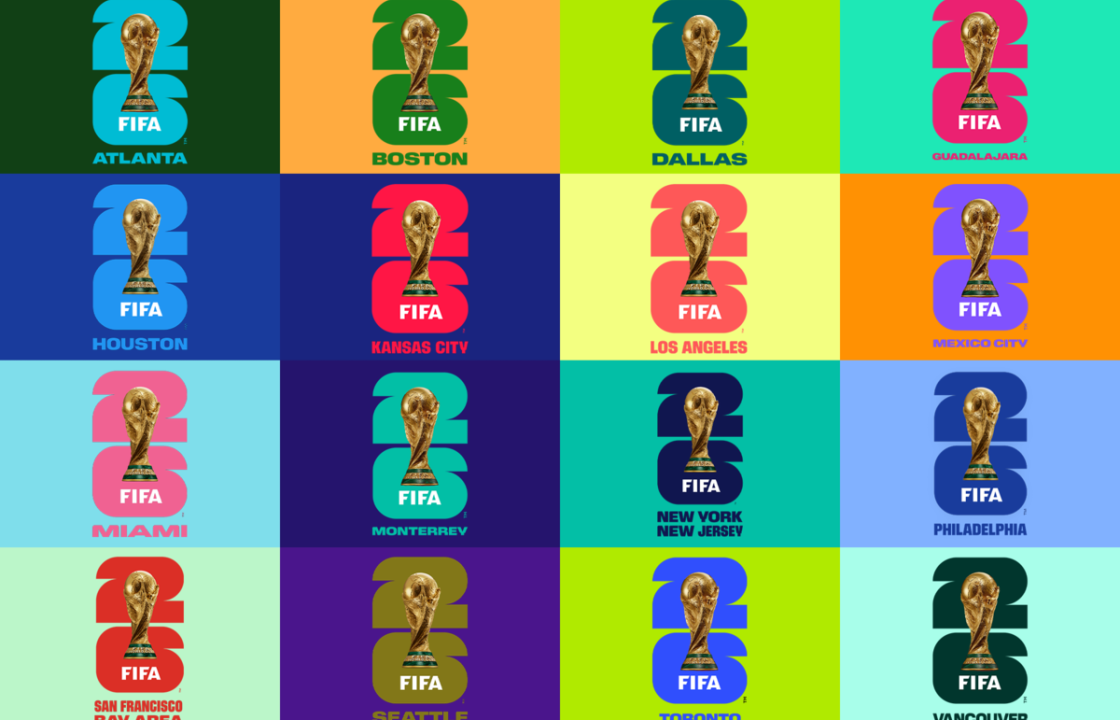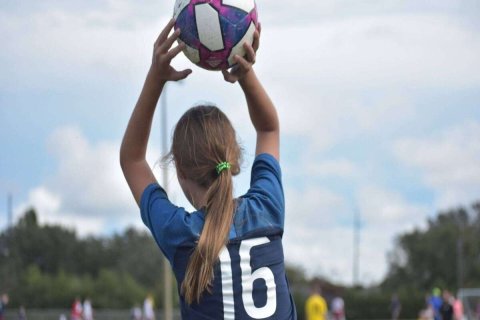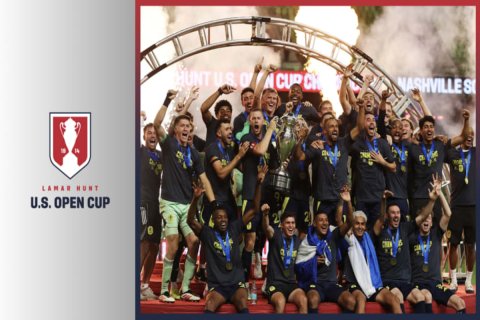Hosting the 2026 FIFA World Cup is set to ignite an unprecedented surge in soccer passion, participation, and culture across the United States, reshaping how fans experience and connect with the world’s most beloved sport.
The United States Steps onto the Global Stage
The 2026 World Cup will be unlike any tournament before it—not only because it will be the largest in history, featuring 48 teams and matches across three nations (the United States, Canada, and Mexico), but because it will mark a pivotal moment in the evolution of soccer in America. For decades, soccer has battled for attention in a crowded sports landscape dominated by football, basketball, and baseball. Yet, the upcoming World Cup is expected to catapult the sport into the mainstream consciousness in ways previously unimaginable.
In 1994, when the U.S. first hosted the World Cup, the country experienced its first taste of global soccer fever. Stadiums filled with enthusiastic fans, and the event laid the groundwork for the launch of Major League Soccer (MLS) two years later. Fast forward three decades, and the landscape has dramatically changed. MLS has grown into one of the most competitive and financially stable leagues in the world, boasting world-class players and state-of-the-art stadiums. With the 2026 World Cup on the horizon, the U.S. stands ready not just to host, but to lead the global soccer conversation.
The Surge in Soccer Fandom and Cultural Identity
One of the most striking transformations will be the deepening emotional connection between Americans and the sport. Soccer is no longer a niche interest confined to youth leagues or immigrant communities—it has become a shared cultural identity that transcends backgrounds. The diverse population of the U.S. is one of its greatest strengths, and this diversity has helped foster a unique brand of fandom, blending the traditions of Latin American passion, European club loyalty, and the creative fan culture emerging from North American cities.
With millions of international visitors expected to flood cities like Los Angeles, New York, Miami, and Dallas, local fans will experience a fusion of cultures that will enrich the sport’s presence in American life. The stadiums will become global melting pots, uniting voices from around the world in chants, colors, and shared excitement. This interaction is expected to solidify soccer’s emotional roots in American society, ensuring that the momentum continues long after the final whistle.

The Power of Media and Technology in Building New Fans
The 2026 World Cup will take place in an era defined by digital media, streaming platforms, and social engagement. Unlike previous tournaments, the next World Cup will be experienced not just through traditional broadcasts, but across social networks, gaming platforms, and virtual experiences. Younger fans—particularly Gen Z and Gen Alpha—consume sports differently, favoring short clips, behind-the-scenes content, and interactive engagement.
Soccer’s global appeal, paired with the accessibility of platforms like YouTube, TikTok, and Twitch, makes it perfectly positioned for viral growth. Players are no longer just athletes—they are digital influencers who connect directly with fans worldwide. American stars like Christian Pulisic and Sophia Smith, as well as global icons such as Kylian Mbappé and Lionel Messi, are helping turn soccer into a 24/7 cultural phenomenon.
The result is a new kind of fandom, one that is participatory and global. Young fans are learning about tactics, discussing matches online, and supporting both their local MLS teams and European clubs simultaneously. The 2026 World Cup will amplify this dynamic, introducing millions of casual viewers to the beauty, drama, and storytelling that make soccer unlike any other sport.
Economic Growth and Community Development
Hosting the World Cup is not just about sports—it’s about economic transformation and community engagement. Cities across the U.S. are investing heavily in infrastructure, stadium upgrades, and public transportation to accommodate the influx of fans. Analysts estimate that the tournament could generate over $5 billion in economic activity, creating jobs and boosting tourism across the continent.
But beyond the numbers, there is a deeper legacy being built. Communities are investing in grassroots soccer programs to inspire the next generation of players. Local clubs, schools, and youth academies are already seeing a surge in participation, as children dream of representing their country on home soil. This renewed interest in playing, watching, and discussing the sport will create a sustainable soccer ecosystem that extends from the neighborhood field to the professional stadium.
Changing Perceptions and Breaking Barriers
For many years, soccer was perceived in the U.S. as a sport that lacked the physicality or excitement of American football. However, that perception is rapidly fading. The success of the U.S. Women’s National Team (USWNT), combined with the growing competitiveness of the U.S. Men’s National Team (USMNT), has given fans role models to rally behind. Their performances on the global stage have inspired national pride and a sense of belonging within the global soccer community.
The 2026 World Cup represents an opportunity to shatter outdated stereotypes and establish soccer as a true American passion. With matches taking place in iconic venues like MetLife Stadium, SoFi Stadium, and AT&T Stadium, millions of first-time fans will witness the world’s best teams in action. This exposure will deepen the emotional bond between Americans and the sport, transforming casual spectators into lifelong supporters.

Soccer as a Bridge Between Generations
Another fascinating impact of the 2026 World Cup will be how it bridges generational and cultural divides. Parents who once introduced their children to soccer through youth leagues will now share the experience of watching matches live, creating lasting family memories. Immigrant families will see their home countries represented on U.S. soil, while young Americans will feel a sense of pride in seeing their nation host the world’s most prestigious tournament.
This intergenerational connection will help solidify soccer’s place as a unifying force in American life—a sport that speaks to everyone, regardless of background, age, or language. It will also encourage more people to actively participate—not only as fans, but as players, coaches, and community organizers.
The Legacy Beyond 2026
The true measure of the World Cup’s success will not just be in sold-out stadiums or television ratings, but in what comes after. If the U.S. can harness the momentum of 2026 to expand youth participation, strengthen domestic leagues, and enhance player development, it could become a permanent soccer powerhouse.
Increased investment from international clubs, celebrity ownership, and media attention is already helping build a stronger soccer infrastructure. From youth academies to professional training facilities, the sport is becoming more sophisticated, professional, and accessible. The World Cup will serve as a launchpad for a new generation of American players, who will grow up dreaming not only of playing in Europe but of elevating soccer at home.
Connecting the World Cup to Our Work at SIA Academy
At SIA Academy, we witness firsthand how major soccer events inspire ambition and growth among young athletes. The excitement surrounding the 2026 World Cup aligns perfectly with our mission to develop talent, foster cultural diversity, and promote excellence in soccer education. Just as the tournament is reshaping fandom in the U.S., our programs help players experience soccer as a global language that connects people and cultures.
We focus on individualized player development, tactical intelligence, and high-performance training to prepare athletes for the evolving landscape of modern soccer. The energy, innovation, and passion sparked by the World Cup mirror what we strive to achieve daily at SIA Academy—helping players reach their full potential and become part of the new generation that will carry soccer’s transformation forward.






